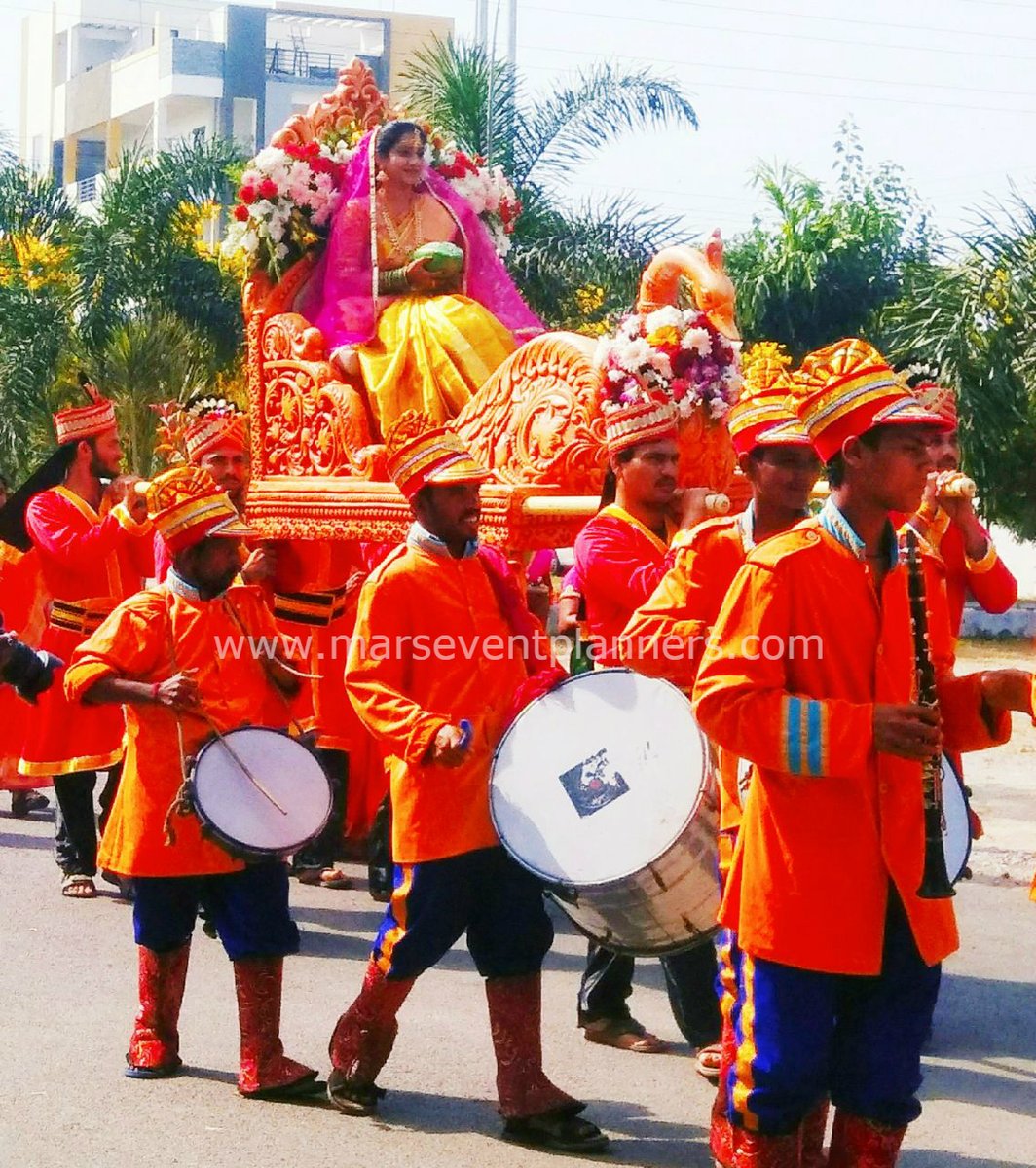

Thus, the Medes, whose nobility are alleged to have kept no less than five wives (Strabo, Geography, 11. With the conquest of the Near Eastern kingdoms, the Iranians took over many of their practices, and the harem became a tradition with Iranian dynasties and aristocracy as well (see ANDARŪN). When the king traveled, his court and harem traveled with him in accordance with strictly observed regulations (Grayson, 1991, p. They were not allowed to give presents to servants lest bribery was intended, and no one could see them unless first carefully examined by senior officials. The women of the harem were kept in seclusion, guarded by eunuchs, and prevented from turning their frequent disputes into seditious plots. In Assyria, for instance, royal edicts laid down rules governing court and harem etiquette much the same as those prevailing in the Ottoman seraglio. On the other hand, the institution of the harem (on which see Penzer) was firmly established in the ancient Near East. Among the “Avestan people” (q.v.), the wife enjoyed a relatively elevated social status: she participated in rituals, and was charged with the running of the house, so that the “man and wife” were designated, characteristically, as nmānō-paiti “lord of the house” and nmānō-/dəmąnō-paΘni “mistress of the house” ( AiWb. On the many sons of Gōdarz and Vištāspa, see below). The Iranian national history ascribes to ancient heroes and kings few children and fewer wives (Geiger, pp. There is no evidence for the practice among the early Iranians of taking large numbers of wives or concubines and keeping them in secluded quarters. The Ottomans and the Safavids also used the shortened form sarāy “palace,” which more correctly translated the Aramaic BYT’ and Arabic bayt, “house.” 242), which came to prevail in its inverted form, ḥaram-sarāy.

131), but this was replaced by the compound sarā-ye ḥaram “the harem quarter” (Neẓām-al-Molk, p. In Classical New Persian ḵāna-ye zanān “house of the women” was also used (Kaykāvus b. The most frequently used Persian synonyms are šabestān, moškōy and andarun (q.v.). “something forbidden”), wives and other female associates in former aristocratic families and the secluded quarter of a house reserved for them. ḥaram “sanctuary”), wives and other female associates in former aristocratic families and the secluded quarter of a house reserved for them.Ī version of this article is available in print After the above ritual, the utsava murti along with his consorts ( Malayappa swami) are taken in a palanquin decorated with flowers and this ceremony is open to public.(Ar. The above ritual is done in ekanta (private) and is not open to the public. At the end of the event, thambulam is issued by the presiding priest to all principal officers signifying the Lord's pleasure with the temple officers. New books are issued for recording financials of the next year. Along with the previous year's accounts, insignia of office for all principal officers are submitted to the Lord and take them back to signify that the Lord finds them fit to hold their respective offices.

Matradana: The archakas (priests) are awarded rice, ginger and rationsĪt the end of the financial year (falling in July every year), Anivara Asthanam is a procedure performed where yearly records are submitted to the Lord.Income of the previous day is read out to the Lord.Panchangam or day's calendar is read to the Lord along with the activities that will be undertaken for the day along with a summary of events of the previous day as well as activities of the next day.Mixture of fried gingelly seeds and jaggery is offered to the Lord.Koluvu Srinivasa is bought to the Tirumamani mantapam (inside the sanctum sanctorum itself) and seated on a silver plated chair with a canopy of gilted umbrella presented by the Maharajah of Mysore. This ritual is called Koluvu and is also called Durbar. Daily Seva: KoluvuĪfter the morning Thomala Seva or (Abhishekam (on Fridays), the accounts of the previous day is closed and submitted to the lord. There is no reference in the temple of when the idol was obtained, it's identity or the start of rituals involving the idol.

The idol is also called as Bali Bera (Lord who accepts sacrifices) though there is no recorded history of the deity leaving the sanctum sanctorum. Koluvu Srinivasa is regarded as the guardian deity of the temple and presides over all financial and economic affairs of the temple. This silver idol that resembles the main deity represents the presiding officer for all activities and rituals in the temple. Koluvu Srinivasa is an idol of Lord Venkateswara in the Tirumala Venkateswara Temple, Andhra Pradesh.


 0 kommentar(er)
0 kommentar(er)
